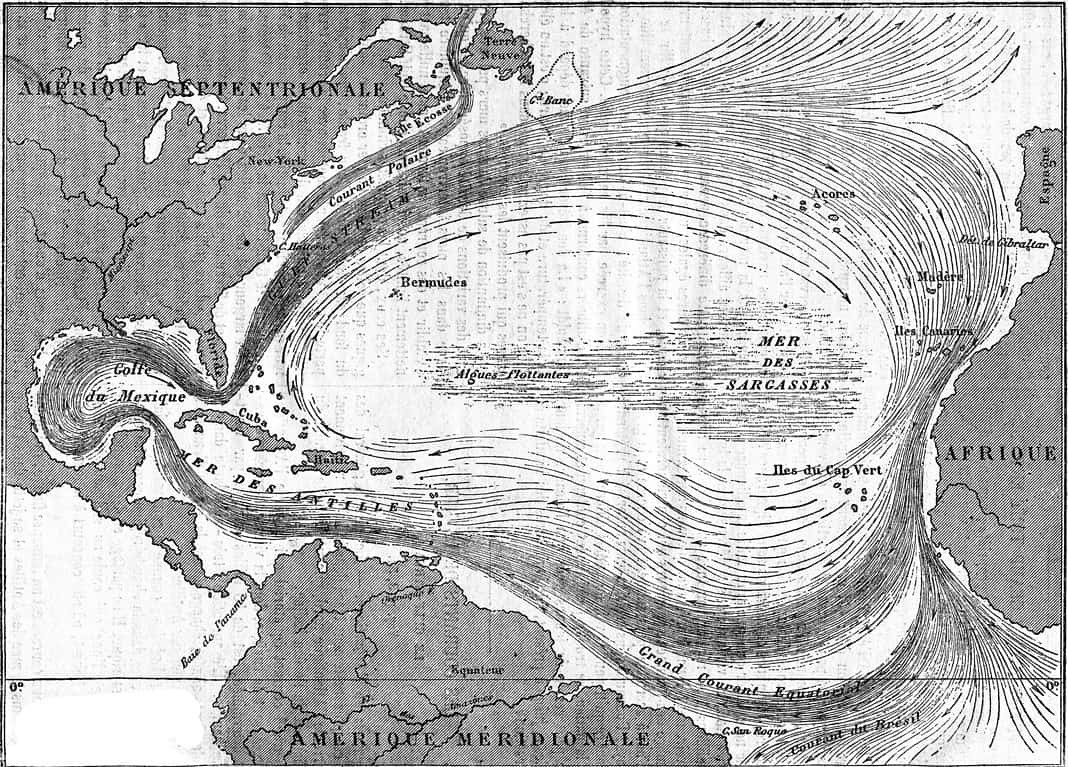A key portion of the Gulf Stream has noticeably slowed down over the past 100 years, according to new research.
The conclusion was published this month in a research paper in the journal Nature Communications.
The paper describes a way of tracking the strength of near-shore ocean currents using measurements made along the coast. This discovery could help lower a major uncertainty about how scientists measure climate change.
According to Christopher Piecuch, an assistant scientist in the Physical Oceanography Department at the Woods Hole Oceanographic Institution (WHOI) and author of the study:
“In the ocean, almost everything is connected. We can use those connections to look at things in the past or far from shore, giving us a more complete view of the ocean and how it changes across space and time.”
Piecuch used a connection between coastal sea level and the strength of near-shore currents to trace the evolution of the Florida Current, which makes up the start of the Gulf Stream.
Flowing north along the U.S. southeastern coast and then east into the Atlantic Ocean, the Gulf Stream carries heat, salt, and other things that play a role in the Earth’s climate. For over a hundred years, scientists have continuously taken records of the sea level along Florida’s eastern coast as well as some parts of the Caribbean.
Piecuch used that data to mathematically model the speed of the Gulf Stream to determine that it’s at the weakest point now than any other period in the past 110 years.
One of the major unknowns when modeling climate change is the behavior of ocean currents and how they interact with the earth’s climate. One important current is known as the Atlantic Meridional Overturning Circulation (AMOC), which acts like a huge “conveyor belt” of ocean currents in the Atlantic that includes the Gulf Stream and that helps regulate global climate.
Piecuch found that his research agrees with relationships seen in models between the deeper parts of the AMOC and the Gulf Stream, and it corroborates other studies suggesting that the AMOC’s deeper branches have slowed in recent years. His formula could also allow oceanographers to monitor ocean currents like the Gulf Stream from the coast, instead of having to go on expensive and difficult cruises out in the open ocean.
He says:
“If we can monitor something over the horizon by making measurements from shore, then that’s a win for science and potentially for society.”
Check out Piecuch’s research here.

